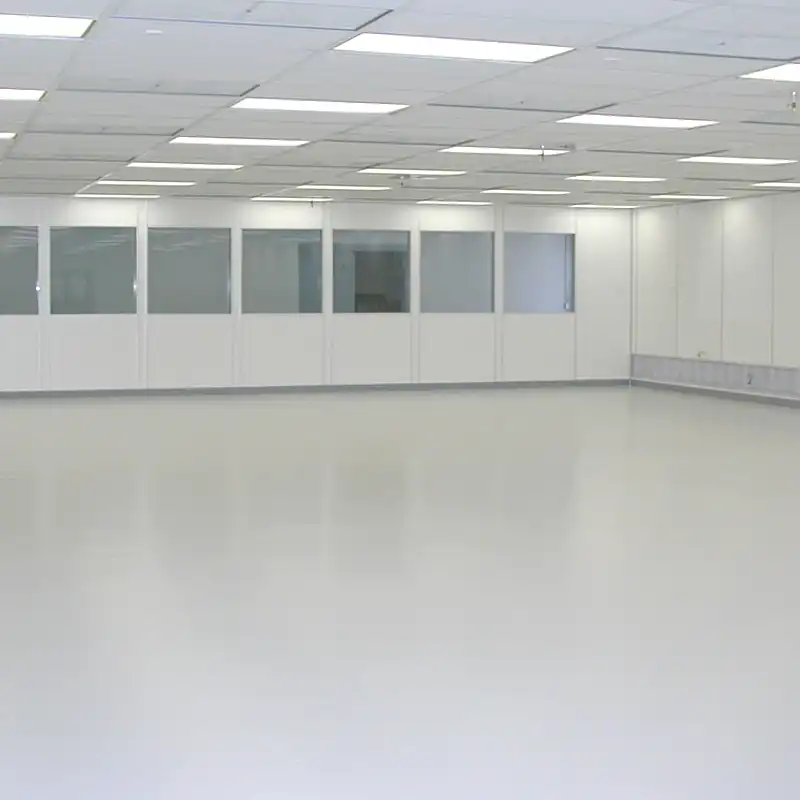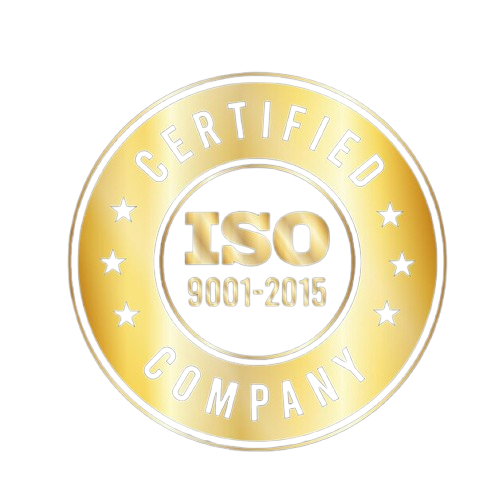Cleanrooms are vital environments in various industries, including pharmaceuticals, electronics, and biotechnology. They maintain stringent cleanliness standards to ensure product quality and safety.
Among the crucial components of a cleanroom, wall panels play a pivotal role in maintaining the integrity of the controlled environment.
In this article, we delve into the cleanroom wall panels cost, exploring factors influencing prices and strategies for cost optimization.
Introduction to Cleanroom Wall Panels
Cleanrooms are controlled environments designed to minimize particulate contamination, microbial presence, and other pollutants. They are essential in industries where even minor impurities can compromise product quality or research outcomes.
Cleanroom wall panels serve as the primary barrier against external contaminants, providing structural integrity while facilitating easy cleaning and maintenance.
Types of Cleanroom Wall Panels
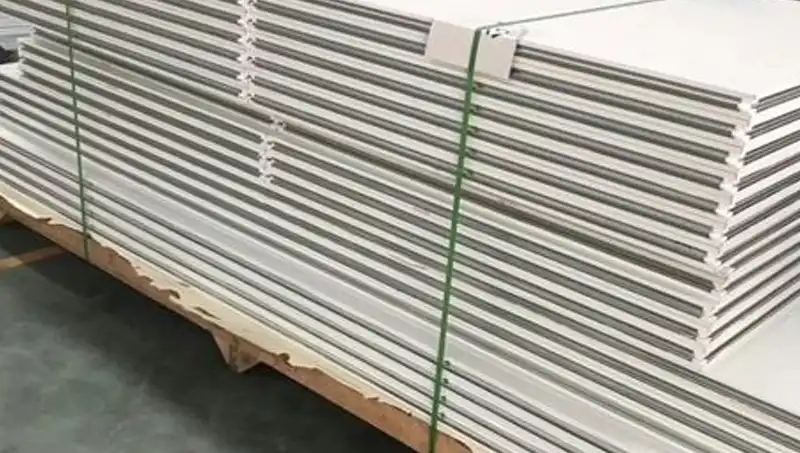
Cleanroom wall panels come in various materials and configurations, each suited to different cleanroom requirements and budgets. They can be classified based on the materials used, such as:
- Stainless steel
- Aluminum
- Fiberglass reinforced plastic (FRP)
- Vinyl-coated gypsum
- Others
Additionally, wall panels can be categorized based on their installation methods, including modular panels, stick-built systems, and more.
Modular Cleanroom Cost
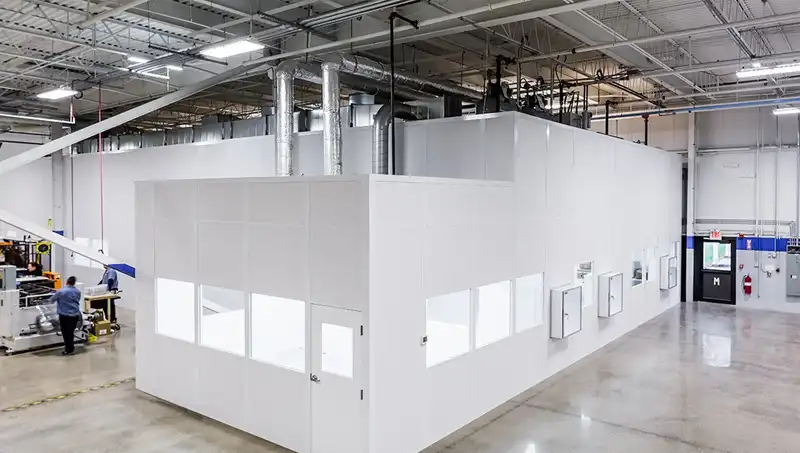
The cost of a modular cleanroom can vary depending on several factors, including the size, complexity, classification, and specific requirements of the cleanroom. However, modular cleanrooms generally offer a cost-effective solution compared to traditional stick-built cleanrooms due to their prefabricated nature and ease of installation.
On average, the cost of a modular cleanroom can range from $100 to $300 per square foot. This cost typically includes the modular wall panels, ceiling panels, flooring, doors, windows, HVAC system, lighting, and other necessary components.
Factors influencing the cost of a modular cleanroom include:
Size and Layout: The size of the cleanroom, measured in square footage, directly impacts the overall cost. Larger cleanrooms require more modular panels and components, resulting in higher expenses. Additionally, complex layouts or custom configurations may entail additional costs.
Cleanroom Classification: The classification of the cleanroom, ranging from ISO Class 1 (most stringent) to ISO Class 9 (least stringent), influences the design and construction requirements. Higher classification levels often require more specialized materials and equipment, leading to higher costs.
Material Selection: The choice of materials for modular cleanroom components, such as wall panels, ceiling panels, and flooring, can impact costs. High-quality materials with enhanced properties, such as fire resistance or chemical resistance, may incur additional expenses compared to standard materials.
HVAC System Requirements: The heating, ventilation, and air conditioning (HVAC) system is essential for maintaining cleanliness and controlling environmental conditions within the cleanroom. The complexity and capacity of the HVAC system needed to achieve and maintain the required cleanliness level can influence costs.
Installation and Labor Costs: While modular cleanrooms are generally easier and quicker to install compared to traditional stick-built cleanrooms, labor costs for installation can still contribute significantly to the overall expenses. Factors such as site preparation, assembly, and integration with existing infrastructure can affect installation costs.
Customization and Special Features: Customization requirements, such as specific layouts, finishes, or additional features like pass-through chambers or air showers, may incur additional costs. It’s essential to consider any customization needs and their impact on overall expenses.
Regulatory Compliance: Compliance with regulatory standards and guidelines may necessitate additional design and construction requirements, impacting costs. Meeting regulatory requirements for cleanliness, safety, and environmental control often involves investing in specialized equipment and construction practices.
Factors Affecting Cleanroom Wall Panels Cost
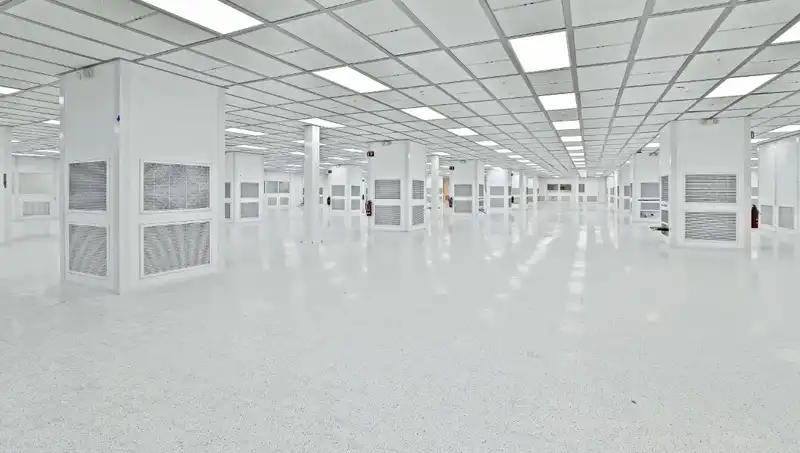
Factors affecting cleanroom wall panel costs can vary depending on several key considerations. Here are some of the primary factors:
- Material Quality and Type: The material chosen for cleanroom wall panels greatly influences the overall cost. High-quality materials such as stainless steel or fiberglass reinforced plastic (FRP) tend to be more expensive compared to alternatives like vinyl-coated gypsum. Additionally, specialty materials with enhanced properties, such as fire resistance or chemical resistance, can further increase costs.
- Size and Dimensions of the Cleanroom: The size and dimensions of the cleanroom directly impact the quantity of wall panels required. Larger cleanrooms necessitate more panels, resulting in higher material and installation costs. Conversely, smaller cleanrooms may have lower overall costs associated with wall panels.
- Customization Requirements: Customizations, such as specific dimensions, finishes, or additional features like windows or doors, can significantly affect the cost of cleanroom wall panels. Tailoring panels to meet unique specifications often involves additional manufacturing processes or materials, contributing to higher expenses.
- Installation Complexity: The complexity of installing cleanroom wall panels can influence costs. Factors such as accessibility, site conditions, and integration with other cleanroom components can impact labor requirements and installation time, thus affecting overall project costs.
- Regulatory Compliance: Compliance with regulatory standards and guidelines may necessitate the use of specific materials or construction methods, which can influence costs. Meeting stringent cleanliness and safety requirements mandated by regulatory bodies often involves investing in higher-quality materials and meticulous installation processes, thereby increasing overall expenses.
- Long-Term Maintenance and Durability: While initial costs are important considerations, evaluating long-term maintenance requirements and durability can also impact overall cost-effectiveness. Investing in durable materials that require minimal maintenance over time can result in lower lifecycle costs, offsetting higher initial expenses.
- Supplier and Geographic Location: The choice of supplier and geographic location can influence cleanroom wall panel costs due to variations in material availability, labor rates, and transportation expenses. Sourcing materials locally or from suppliers with competitive pricing can help mitigate costs.
Average Cost Breakdown of Cleanroom Wall Panels
The cost of cleanroom wall panels typically ranges from $20 to $200 per square foot, depending on various factors. This cost usually includes the panels themselves, installation labor, and additional expenses like sealing and finishing.
Cleanroom Cost per Square Foot
The cost per square foot of a cleanroom can vary depending on several factors. On average, cleanroom construction costs can range from $100 to $500 per square foot, with some specialized cleanrooms costing even more. However, it’s essential to note that this is a broad estimate, and actual costs can fluctuate significantly based on specific project requirements and considerations.
Factors influencing the cost per square foot of a cleanroom include:
- Cleanroom Classification: Cleanrooms are classified based on the level of cleanliness required for the intended application, ranging from ISO Class 1 (most stringent) to ISO Class 9 (least stringent). Higher classification levels typically require more rigorous construction standards and specialized equipment, leading to higher costs per square foot.
- Size and Layout: The size and layout of the cleanroom directly impact construction costs. Larger cleanrooms require more materials and labor, resulting in higher overall expenses. Additionally, complex layouts or custom configurations may entail additional design and construction costs.
- Material Selection: The choice of materials for walls, floors, ceilings, and other structural components can significantly influence costs. High-quality materials such as stainless steel or fiberglass reinforced plastic (FRP) tend to be more expensive than alternatives like vinyl-coated gypsum. Specialty materials with enhanced properties, such as fire resistance or chemical resistance, can also increase costs.
- HVAC System Requirements: The HVAC (heating, ventilation, and air conditioning) system plays a crucial role in maintaining cleanliness and controlling environmental conditions within the cleanroom. The complexity and capacity of the HVAC system needed to achieve and maintain the required cleanliness level can impact construction costs.
- Utilities and Services: Cleanrooms require specialized utilities and services, including electrical, plumbing, and gas systems. The installation and integration of these systems into the cleanroom facility can contribute to construction costs.
- Regulatory Compliance: Compliance with regulatory standards and guidelines may necessitate additional design and construction requirements, impacting costs. Meeting regulatory requirements for cleanliness, safety, and environmental control often involves investing in specialized equipment and construction practices.
- Geographic Location: Construction costs can vary based on geographic location due to differences in labor rates, material availability, and local building codes. Urban areas and regions with high demand for construction services may experience higher costs compared to rural areas.
When estimating the cost per square foot of a cleanroom, it’s essential to consider these factors comprehensively and work closely with experienced architects, engineers, and construction professionals to develop a realistic budget tailored to the specific needs of the project.
How Much Does It Cost to Build a Cleanroom?
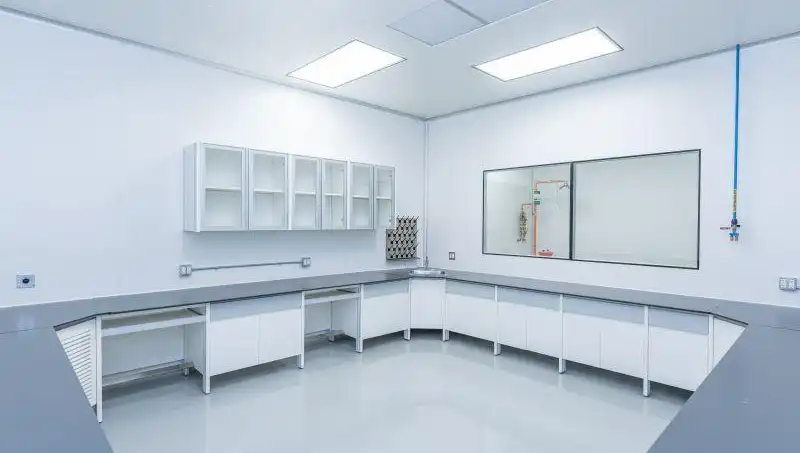
The cost to build a cleanroom can vary significantly depending on various factors, including the size, classification, complexity, and specific requirements of the cleanroom facility.
On average, cleanroom construction costs can range from $100,000 to several million dollars. However, it’s essential to understand the key components and considerations that contribute to the overall cost.
Here are some factors that influence the cost of building a cleanroom:
- Cleanroom Classification: Cleanrooms are classified based on the level of cleanliness required for the intended application, ranging from ISO Class 1 (most stringent) to ISO Class 9 (least stringent). Higher classification levels typically require more rigorous construction standards, specialized equipment, and stricter environmental controls, leading to higher costs.
- Size and Layout: The size and layout of the cleanroom have a significant impact on construction costs. Larger cleanrooms require more materials and labor, resulting in higher expenses. Additionally, complex layouts or custom configurations may entail additional design and construction costs.
- Material Selection: The choice of materials for walls, floors, ceilings, and other structural components can influence costs. High-quality materials such as stainless steel or fiberglass reinforced plastic (FRP) tend to be more expensive than alternatives like vinyl-coated gypsum. Specialty materials with enhanced properties, such as fire resistance or chemical resistance, can also increase costs.
- HVAC System Requirements: The heating, ventilation, and air conditioning (HVAC) system is critical for maintaining cleanliness and controlling environmental conditions within the cleanroom. The complexity and capacity of the HVAC system needed to achieve and maintain the required cleanliness level can impact construction costs significantly.
- Utilities and Services: Cleanrooms require specialized utilities and services, including electrical, plumbing, and gas systems. The installation and integration of these systems into the cleanroom facility can contribute to construction costs.
- Regulatory Compliance: Compliance with regulatory standards and guidelines may necessitate additional design and construction requirements, impacting costs. Meeting regulatory requirements for cleanliness, safety, and environmental control often involves investing in specialized equipment and construction practices.
- Geographic Location: Construction costs can vary based on geographic location due to differences in labor rates, material availability, and local building codes. Urban areas and regions with high demand for construction services may experience higher costs compared to rural areas.
When estimating the cost to build a cleanroom, it’s essential to consider these factors comprehensively and work closely with experienced architects, engineers, and construction professionals to develop a realistic budget tailored to the specific needs and requirements of the project.
Comparing Costs Across Different Materials
Each material used for cleanroom wall panels comes with its advantages and disadvantages in terms of cost and performance. While stainless steel offers unparalleled durability, it tends to be more expensive than alternatives like FRP or vinyl-coated gypsum. Conducting a cost-effectiveness analysis can help determine the most suitable material for a particular application.
Tips for Cost Reduction
There are several strategies to minimize cleanroom wall panel costs, including:
- Economical Material Choices: Opting for cost-effective materials without compromising quality.
- DIY vs. Professional Installation: Assessing the feasibility of self-installation versus hiring professionals based on skill level and project complexity.
Conclusion
In conclusion, understanding the costs associated with cleanroom wall panels is essential for designing efficient and budget-friendly cleanroom facilities. By considering factors such as material selection, customization needs, and installation methods, businesses can optimize costs without compromising on cleanliness or safety.
Unique FAQs
- Are stainless steel wall panels worth the higher cost?
- Stainless steel wall panels offer exceptional durability and resistance to corrosion, making them ideal for cleanroom environments with stringent requirements. While they may entail a higher upfront cost, their longevity and low maintenance needs often justify the investment.
- Can cleanroom wall panels be recycled or reused?
- Depending on the material composition, some cleanroom wall panels can be recycled or repurposed after their lifespan in a cleanroom facility. Recycling programs and sustainable disposal methods should be explored to minimize environmental impact.
- What are the maintenance requirements for cleanroom wall panels?
- Maintenance requirements vary depending on the material used. Generally, regular cleaning with compatible disinfectants and inspection for damage or wear are recommended to ensure optimal performance and longevity of cleanroom wall panels.
- How can I assess the total cost of cleanroom wall panels for my project?
- To determine the total cost of cleanroom wall panels, consider factors such as material costs, installation expenses, customization requirements, and ongoing maintenance. Consulting with cleanroom design experts and obtaining multiple quotes can provide a comprehensive cost estimate tailored to your specific needs.
- Are there any government regulations or standards regarding cleanroom wall panels?
- Various regulatory bodies, such as the International Organization for Standardization (ISO) and the U.S. Food and Drug Administration (FDA), have guidelines and standards governing cleanroom design and construction. Compliance with these regulations ensures that cleanroom wall panels meet quality and safety requirements for their intended use.

